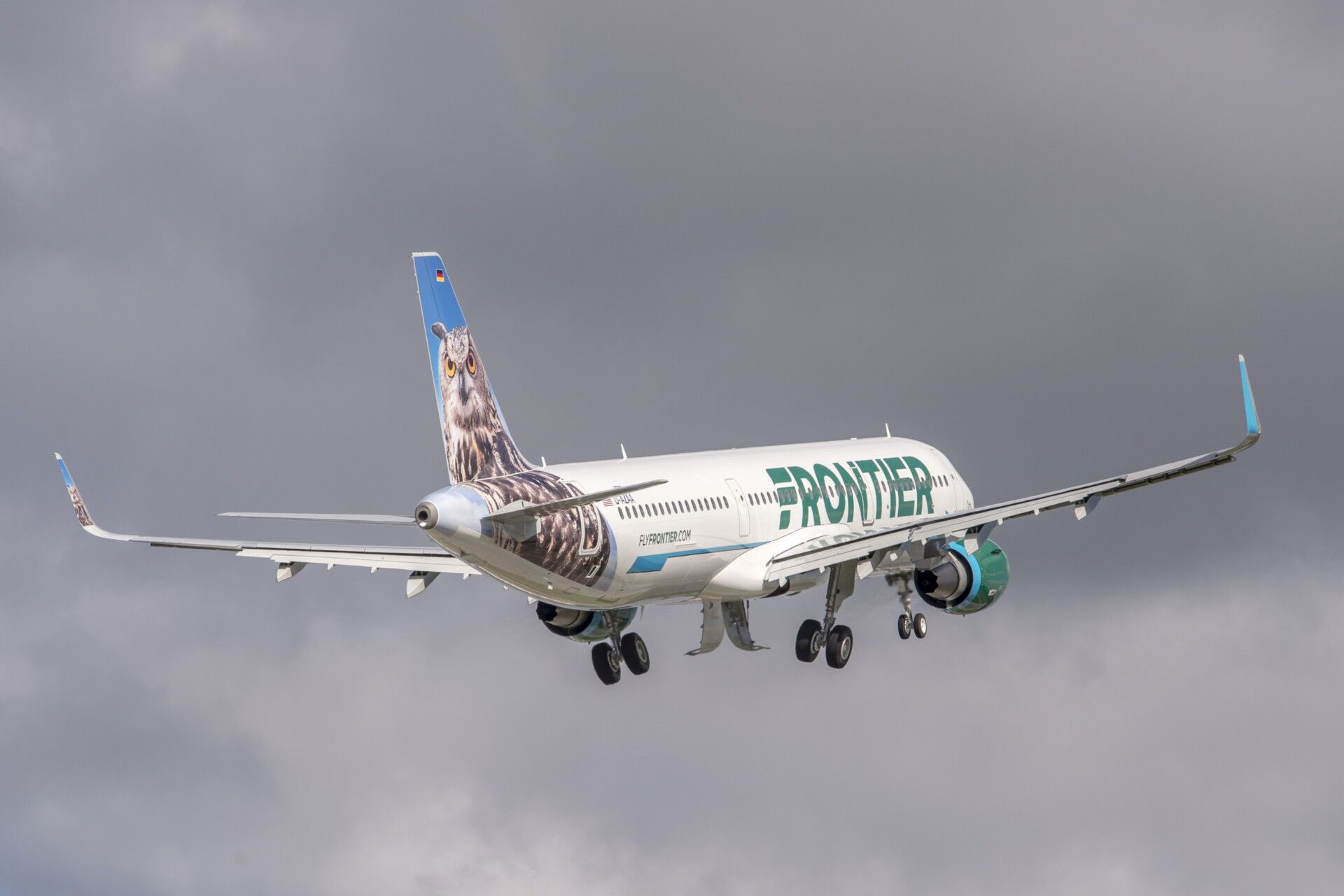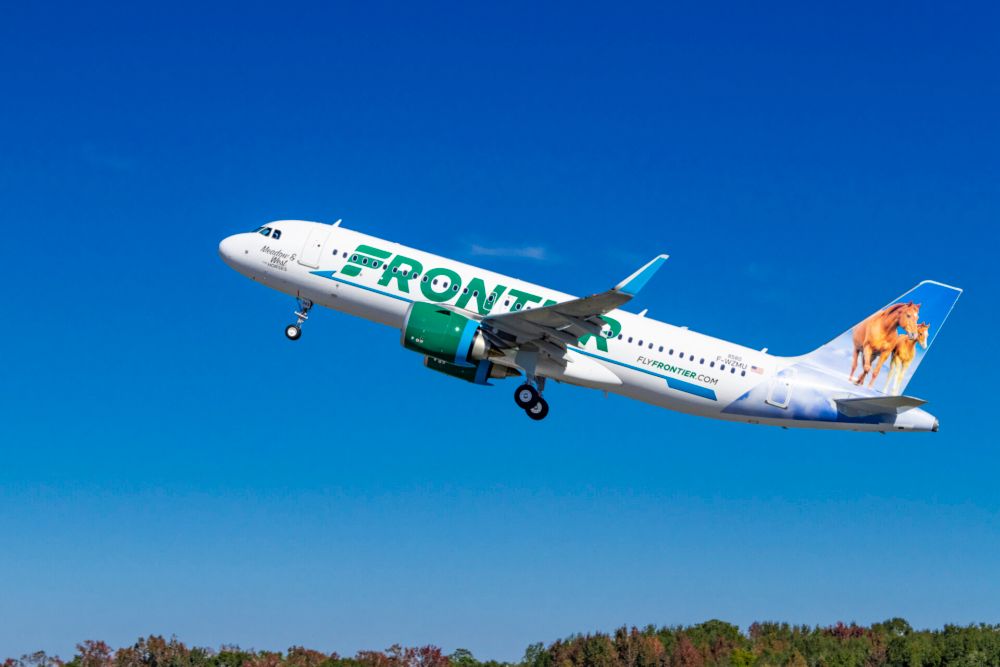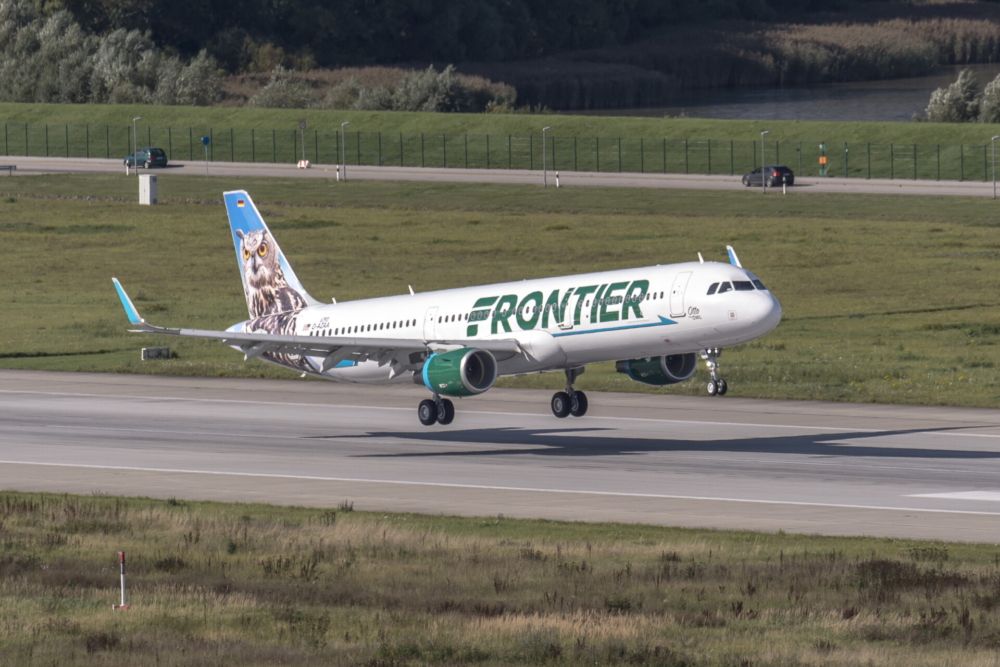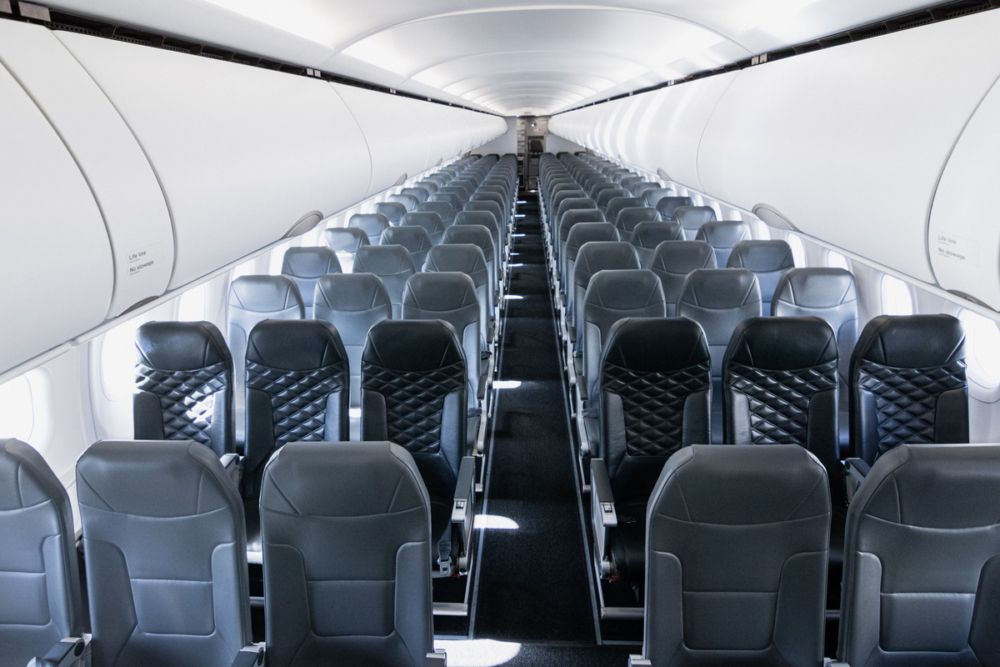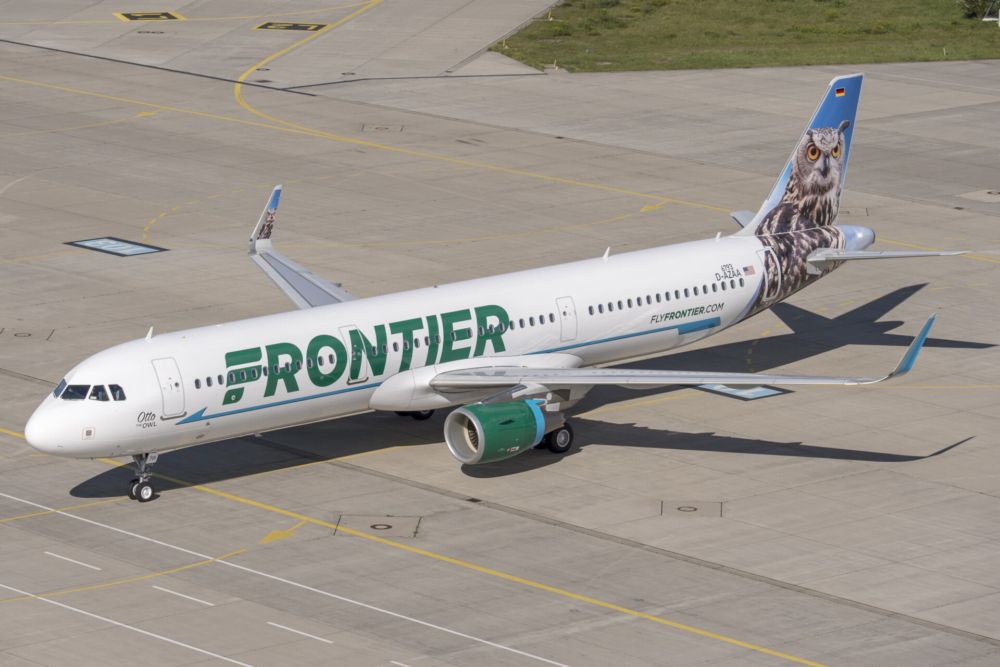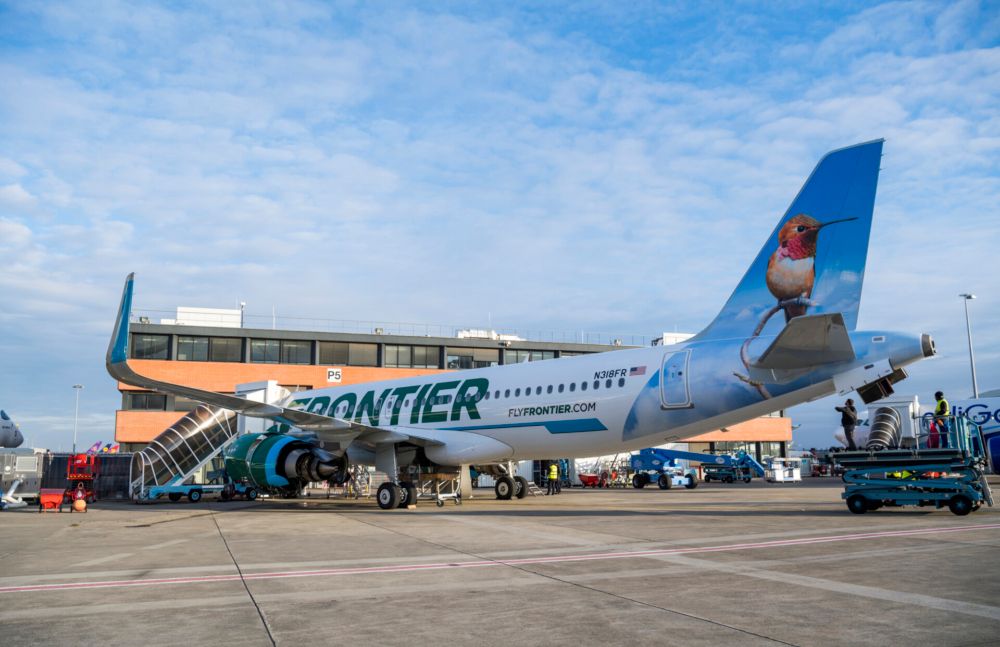Frontier Airlines announced a major fleet expansion. With 91 more Airbus A321neos now coming from Airbus, the airline is set to expand its fuel efficiency and increase its gauge. Over the next few years, Frontier will be moving away from the A320ceo family and operate an all-A320neo family fleet by 2029 with incredible gauge.
Frontier Airlines takes 91 more A321neos
Frontier Airlines will receive 91 more Airbus A321neos as part of a larger order placed under the Indigo Partners portfolio. The aircraft are all scheduled for delivery between 2023 and 2029. This will take Frontier's existing 143 aircraft firm orders and expand it to 234 planes. By the end of 2029, the airline will have 272 planes in its fleet.
On the order, Barry Biffle, president and CEO of Frontier Airlines, stated the following:
“These additional A321neo aircraft will enable us to triple the size of the airline by 2029. We are already America’s Greenest Airline with an existing fleet that is 43 percent more fuel efficient, on average per seat, than other U.S. carriers. The A321neo is expected to deliver nearly 120 ASMs per gallon, further advancing our industry-leading environmental efforts while debunking the myth that being green is an expensive investment only achievable in the future.”
The Airbus A321neos will start arriving at the airline in 2022. These planes will have 240 seats in an all-economy configuration. All of Frontier's outstanding Airbus A321neo orders will be delivered by 2029, including the latest orders.
Of the remaining 234 new aircraft on order, 76 are Airbus A320neos. The remaining 158 are A321neos, including the Airbus A321XLR. Of the A320neo aircraft on order, 18 include conversion rights to Airbus A321XLRs, should Frontier choose to augment its fleet with more of those jets.
An updated fleet plan
Frontier's fleet is set to nearly triple through 2029 with the latest order. At year-end 2021, the airline is ending the year with 110 aircraft. Of the current fleet, 66% of the carrier's planes are from the A320neo family of jets, and 19% are A321s, including the A321ceos. It currently averages 194 seats per aircraft.
By 2029, the numbers will shift significantly. By 2029, 100% of the airline's fleet will be A320neo family aircraft. In addition, a whopping 68% of the airline's 272 planes it expects to fly will be Airbus A321s – all A321neos. This includes some A321XLRs. It expects its average seats per aircraft to hit 223. These numbers assume that Frontier executes its option to convert 18 A320neos to A321XLRs.
The biggest growth years will be 2025-2028. In 2025, the airline plans to see deliveries of 30 new aircraft. In 2026, that number will hit 41 new jets. 2027 will see the greatest number of new deliveries in one year, with 42 planned. Then, in 2028, the airline has 40 new aircraft deliveries planned. However, those are not final year growth numbers.
Looking at net fleet activity, the airline's fleet will grow by 14 aircraft in 2022, 21 in 2023, 20 in 2024, 22 in 2025, 21 in 2026, 25 in 2027, and 28 in 2028. The difference between new aircraft deliveries and final fleet growth per year is the return of leased aircraft. Frontier will bid farewell to 20 leased jets in 2026, 17 in 2027, 12 in 2028, and 11 in 2029.
Higher gauge will be key
Frontier's aircraft gauge moving to an average of 223 seats per aircraft is a massive shift that will set the airline up well. First and foremost, the airline will benefit from the efficiency these aircraft offer compared to the previous generation of aircraft. The lower fuel costs will help make more routes viable for the airline.
The higher gauge will also impact the airline's overall cost structure. With more seats available for sale at a marginal increase in costs, the airline will be able to continue to offer its low fares.
Frontier has expressed confidence in its strategy to move to higher-gauge flights. Daniel Shurz, senior vice president of commercial at Frontier, stated the following earlier this year when asked about the airline's plans around higher gauge and retirements of smaller aircraft like the Airbus A319:
“As we go to a lot higher gauge, we get lower costs, and we already have a strategy of applying the right frequency to the right market … We fly our smaller markets, in general, today on the A320neo which is the bulk of our fleet today – the majority of our fleet today, and we found that works.
“We fly some small markets at low frequency on the A321 and find that works. We have the lowest cost, we are going to be a low cost leader, and that enables us to fly as many markets as we can, and I think that’s the right strategy to maximize our opportunity.”
Frontier is not the only airline to seek a strategy of gauge growth. Major full-service airlines, including United Airlines, are also looking to bump up their average aircraft size to benefit from the cost-savings while also offering more seats for sale to its customers. For Frontier, keeping the lower cost structure helps make selling those additional seats viable.
Stay informed: Sign up for our daily and weekly aviation news digests.
Frontier's route network
Frontier Airlines operates on a peak-day model. The airline flies routes only a few times per week. This is how it can connect many smaller cities to larger ones. A recent example is the airline's recent growth out of Orlando.
For example, the airline recently launched flights to a few smaller destinations. This includes Harlingen, Texas; Sioux Falls, South Dakota; Bentonville, Arkansas; Cedar Rapids, Iowa; and Fargo, North Dakota. This is similar to a model that Allegiant Air has operated.
The Airbus A321 may have an interesting impact on Frontier's route network. Frontier has shown a willingness to test out new routes and destinations and cut them if they do not work. With a large Airbus A321neo fleet, it will be interesting to see whether Frontier's model or strategy starts to change.
The Airbus A321XLR is expected to help unlock more routes for Frontier. The airline has highlighted some transcontinental opportunities and perhaps some farther leisure hotspots, such as Hawaii. It will not be flying a large number of A321XLRs, but if it ever decides to expand its fleet of these aircraft in the future, it could certainly start to make a broader impact on the carrier's overall operations.

